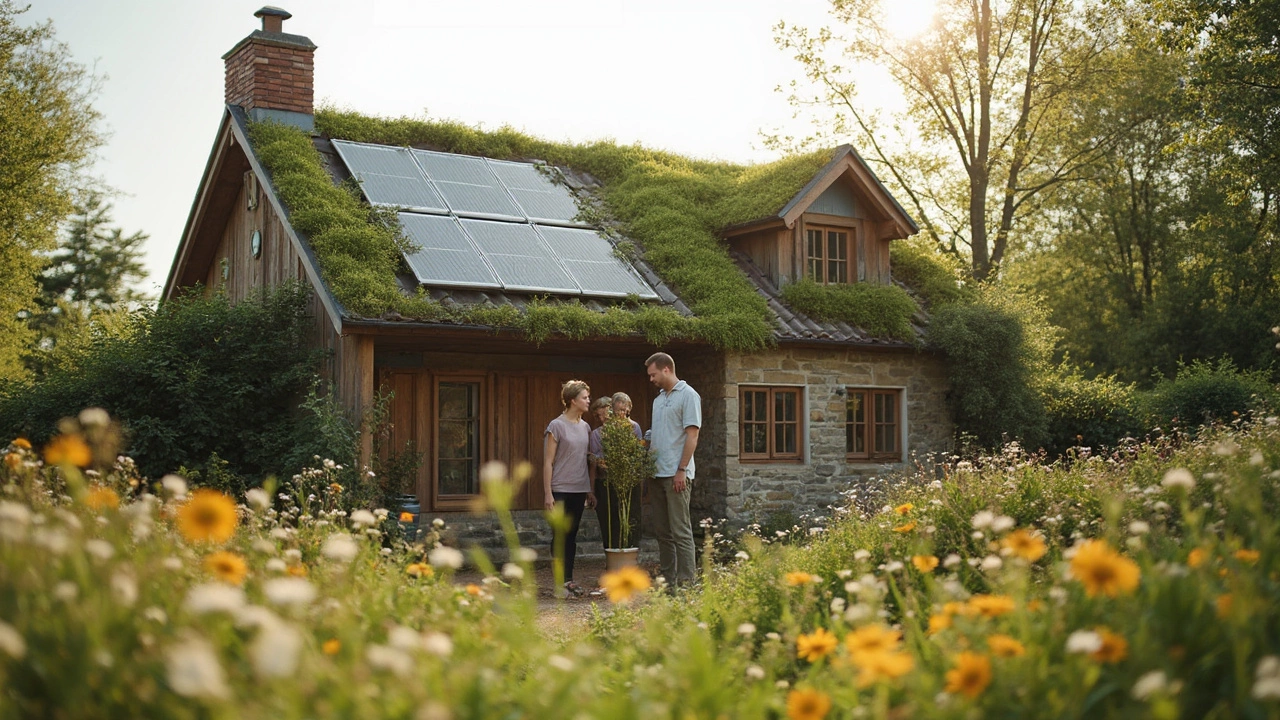Green Materials: Simple Guides for Sustainable Building
Thinking about a new cottage or a glamping tent? The first question should be what you’ll build it with. Green materials aren’t just a buzzword – they’re the backbone of any eco‑friendly stay. Using the right stuff can cut energy bills, lower waste, and make your getaway feel good for the planet and your wallet.
Why Green Materials Matter
Most conventional building products, like plastic insulation or treated timber, release chemicals or take decades to decompose. When you swap them for natural alternatives, you reduce the carbon footprint of the whole project. A bamboo floor, for example, grows back in three years, while hardwood can take a century. Those fast‑renewable options lock in less carbon and keep the forest healthy.
Besides the environmental win, green materials often perform better in real life. Hempcrete breathes, keeping interiors cool in summer and warm in winter without heavy heating. That means you’ll spend less on energy and enjoy a more comfortable stay. Plus, many guests notice the difference – they love the scent of reclaimed wood or the feel of a wool blanket made from sustainable fibers.
Choosing the Right Green Materials
Start with the structure. Reclaimed timber or locally sourced stone work great for cottages because they blend with the countryside and need less transport energy. For glamping shelters, look at insulated panels made from recycled denim or straw‑bale walls. Both are lightweight and keep the interior cozy.
Next, think about finishes. Low‑VOC paints let fresh air circulate without harmful fumes – perfect for tight tents where ventilation can be a challenge. Natural linseed oil on wood protects it without the chemicals found in synthetic sealants.
Don’t forget the little things that add up. Composting toilets, rainwater harvesting tanks, and solar lanterns turn a regular stay into a green retreat. They’re easy to install and can be reused across multiple bookings, cutting down on waste.
When you shop, ask three questions: Is the material renewable? Does it have a short transport distance? Can it be recycled or composted at the end of its life? If you get a “yes” on at least two, you’re on the right track.
Finally, test before you commit. Small pilots, like a single recycled‑plastic roofing panel, let you see how it holds up to weather without risking the whole project. Adjust based on real‑world performance, and you’ll build confidence in your green choices.
In short, green materials are the secret sauce for sustainable cottages and glamping sites. They lower costs, boost comfort, and make guests feel good about their stay. Start small, ask the right questions, and watch your eco‑friendly vision become a reality.
